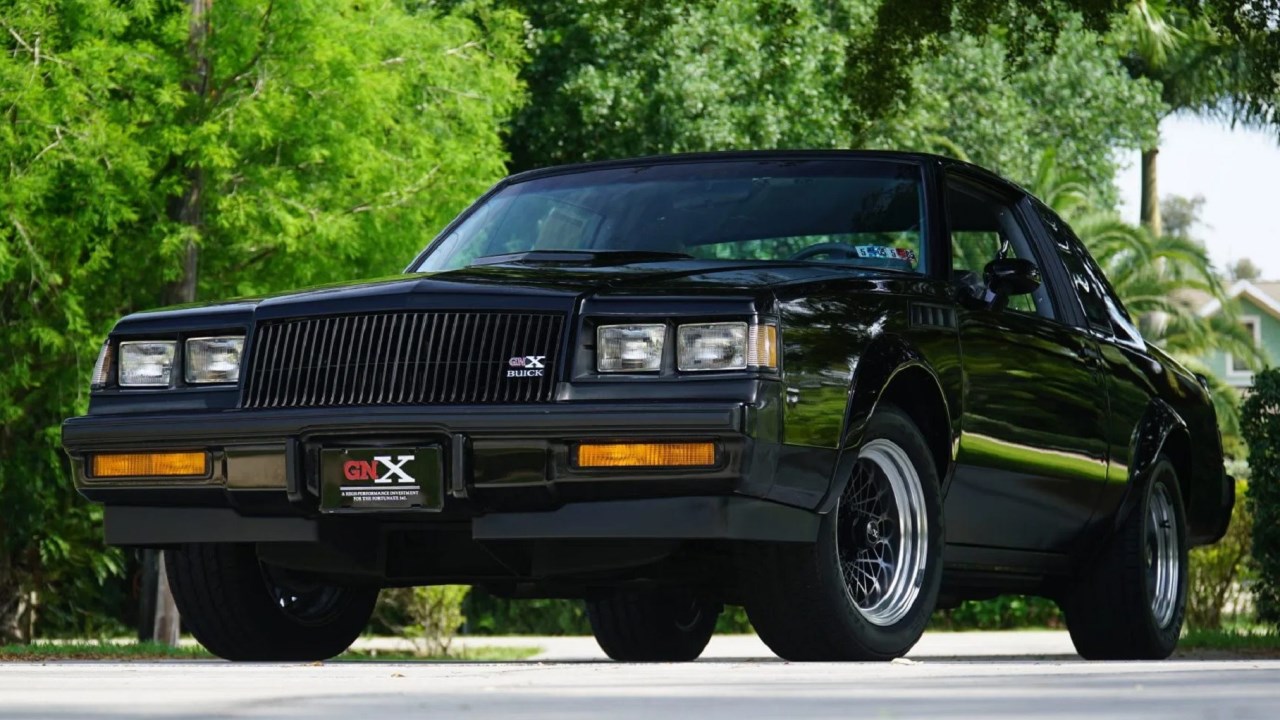Everyone loves a good muscle car. They are fast, bold, and powerful and can unleash a torrent of power onto the tarmac. However, what’s a good muscle car without reliability? Nobody wants an unreliable muscle car.
Thankfully, the major manufacturers know this. And they have all produced reliable muscle cars over the years, stretching right back to the days of the very first muscle cars.
This list will feature the most reliable of those classic muscle cars ever to exist. These are the ones that will get you home after a day of shredding rubber at the drag strip and not leave you at the side of the road waiting for AAA to rescue you.
Pontiac GTO
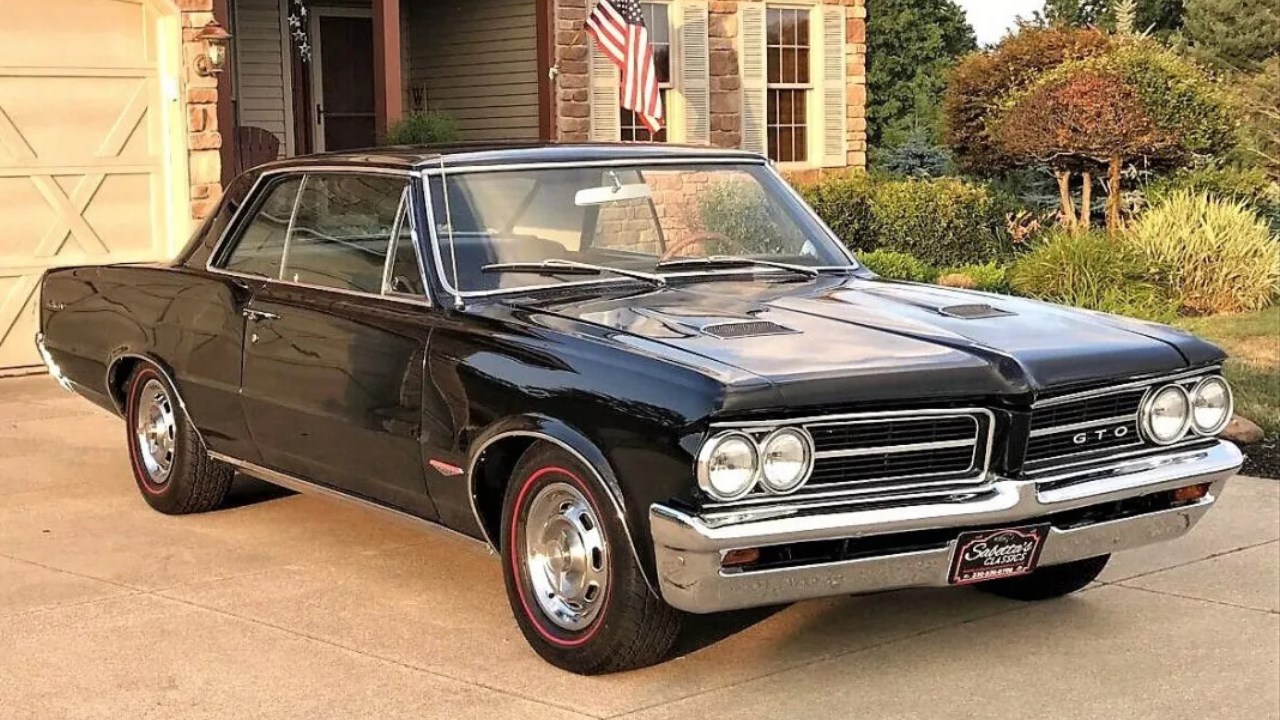
The Pontiac GTO, introduced in 1964, is often credited with popularizing the muscle car segment. The initial GTO had some problems, such as slow steering and inadequate drum brakes, but these were rectified, and the GTO proved incredibly popular.
Power came from a 389 ci 6.4-liter Pontiac V8 or a 400 ci 6.6-liter Pontiac V8, and the larger 400 ci engine produced 265 horsepower and 397 lb-ft of torque. Of course, Pontiac had to fend off intense competition from Ford with the Mustang.
First-Generation Ford Mustang

The original Ford Mustang is still regarded as one of the all-time great muscle cars, and rightly so. Its long hood and short deck were trendy and introduced a whole new class known as “Pony Cars.”
Initially, the Mustang was made available with inline-six engines, but soon Ford would add V8 power to the lineup. This transformed the muscle car, and early models could produce up to 271 horsepower.
Chevrolet Camaro
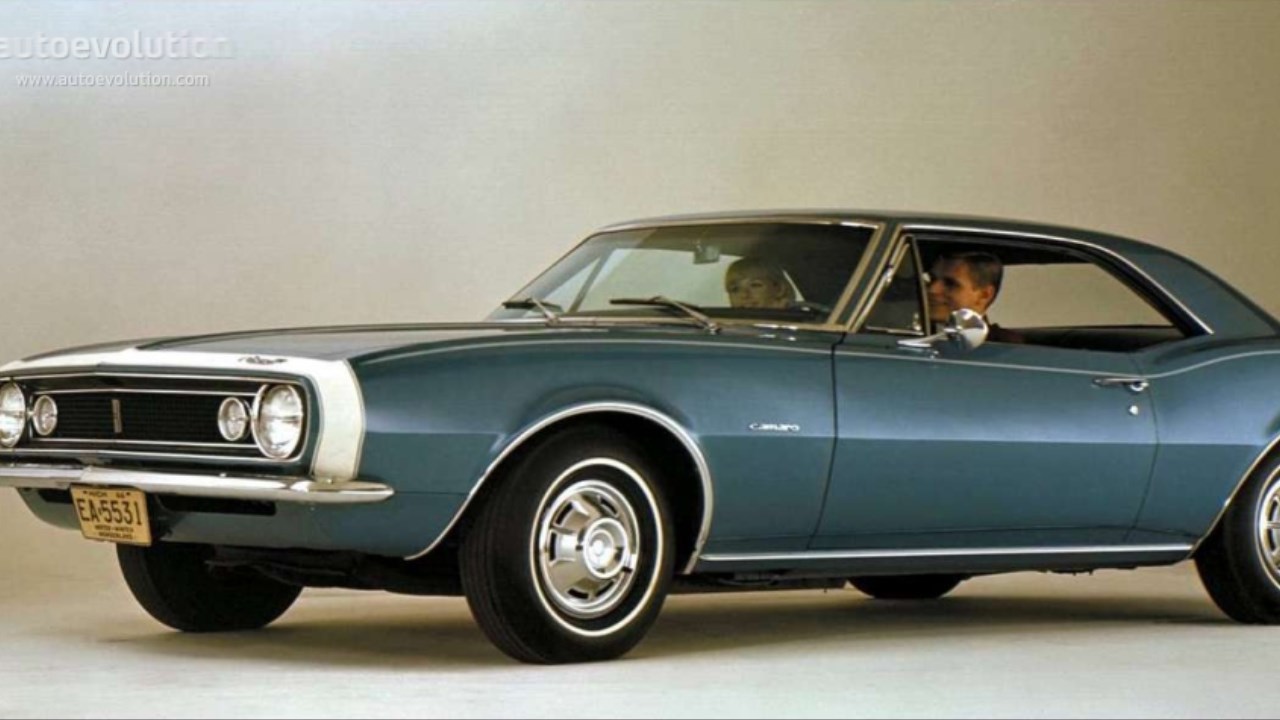
Sadly, Chevrolet has now withdrawn the Camaro from its lineup. But it is very much still available as a classic muscle car, with the Bow Tie introducing the first generation of the Camaro back in 1967. The first generation of the muscle car is rightly regarded as an all-time classic.
Naturally, the Camaro was at its best with enormous V8 power under the hood. The highlight of this is the vast 427 ci, 7.0-liter L72/ZL1 big-block V8 under the hood of the legendary COPO Camaro. These incredible Camaros were built outside of Chevrolet’s wishes, and the massive engines had up to 245 horsepower and 460 lb-ft of torque.
Plymouth Superbird

The Plymouth Superbird is by far one of the most eye-catching muscle cars ever created. Of course, it is one of the two “Aero Cars” from the late 1960s/early 1970s that tore up the speed records in NASCAR before they were banned in 1971.
The Superbird, with its sleek lines and massive rear wing, was a monster. It was at its best with the 426 ci 7.0-liter Hemi V8 under the hood, producing 425 horsepower. With so few Hemi versions made, they are now incredibly valuable and sought after.
Dodge Charger Daytona

The Dodge Charger Daytona is the other of NASCAR’s two famous “Aero Cars” from its golden years. Introduced in 1969, it was the first NASCAR racer to reach speeds of over 200 mph, a significant milestone at the time that put the car on the map.
Power came from either a 7.2-liter Magnum V8 or the fearsome 426 ci Hemi 7.0-liter V8 shared with the Plymouth Superbird. Out of the 503 Charger Daytonas built, only 70 of them had the Hemi V8 engine, making them highly collectible.
Plymouth Road Runner
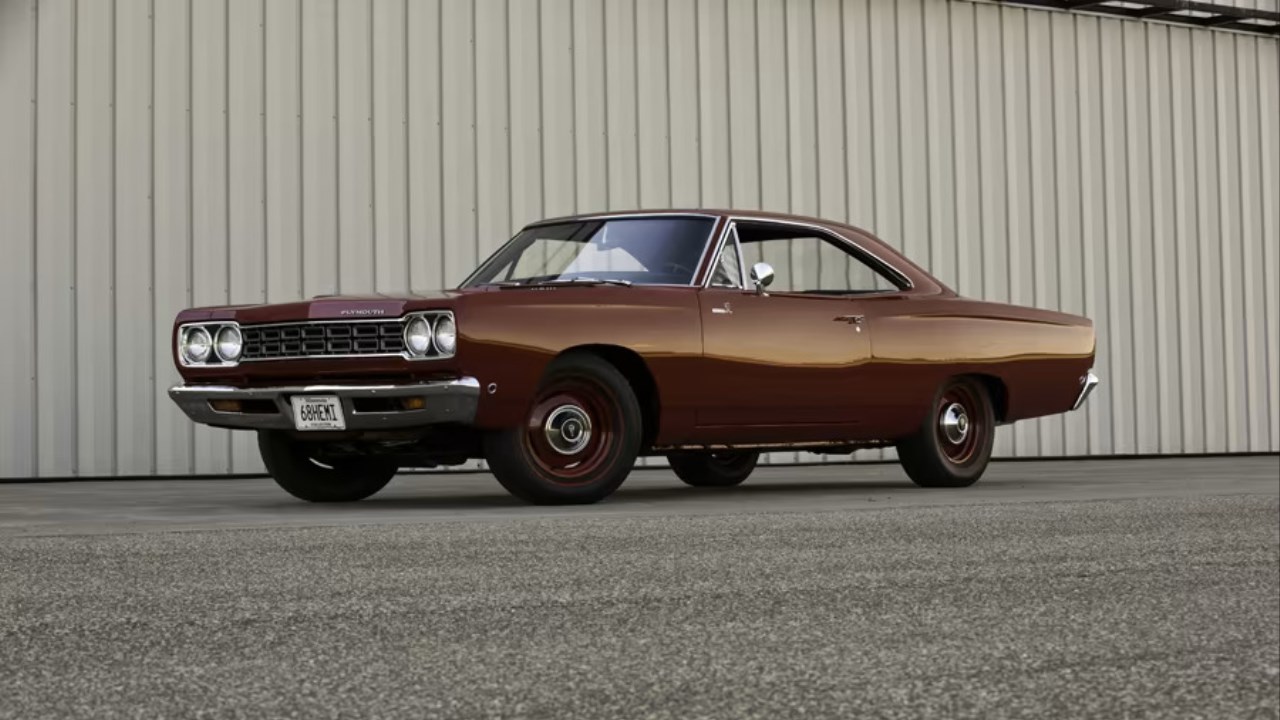
Plymouth was also responsible for one of the other great muscle cars of the 1960s. The Road Runner, introduced in 1968, brought muscle cars back to their roots of being cheap but fast. The Road Runner filled a gap in the market and was a more basic offering than the Plymouth GTX.
The first-generation Road Runner was in production from 1968 to 1970. Power came from a range of V8 engines, including the 426 ci Hemi V8, with 425 horsepower and 490 lb-ft of torque.
Ford Mustang SVT Cobra
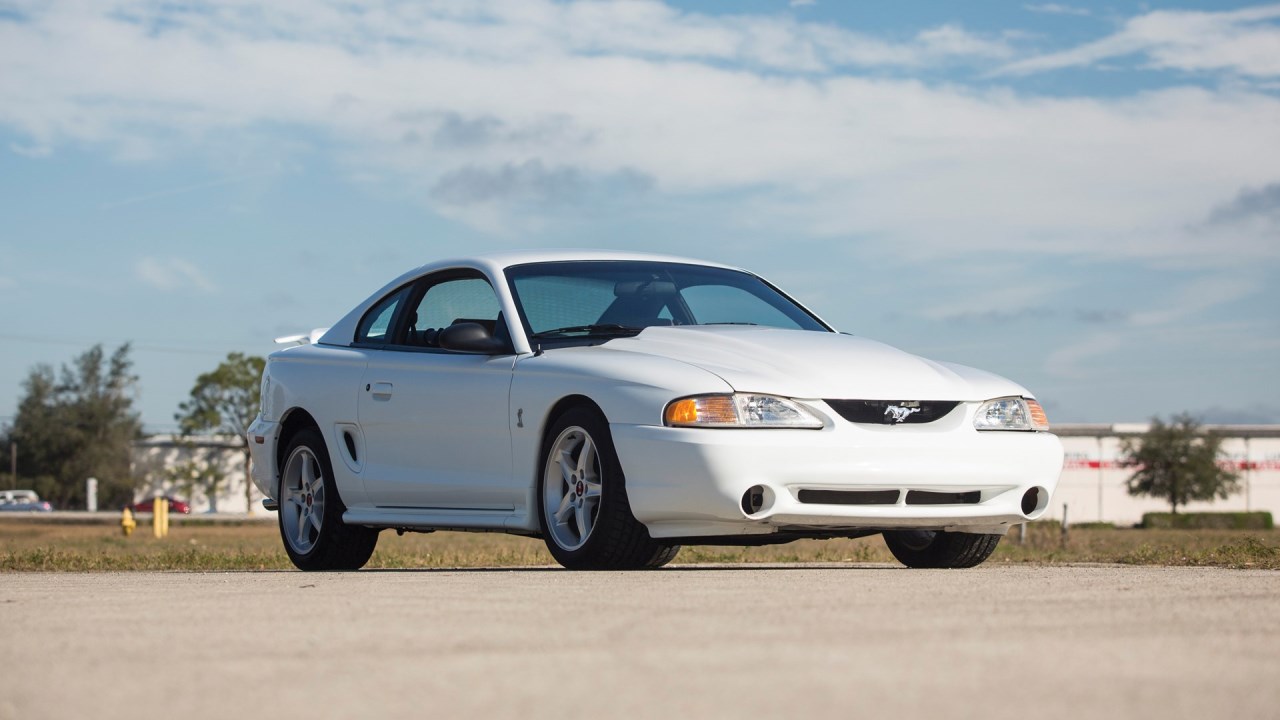
While not as classic as early Mustangs, the Ford Mustang SVT Cobra is an exceptional muscle car and one that deserves far more attention. This ultra-high-performance version of the Mustang, first appearing in 1993, sat above the Mustang GT and Mach 1.
The initial 1993 model had a 302 ci 4.9-liter small-block V8 under the hood, producing 235 horsepower. The final version, the 2003-2004 Terminator Cobra, had a massive 4.6-liter 390 horsepower DOHC supercharged V9 powering it.
2006 Pontiac GTO
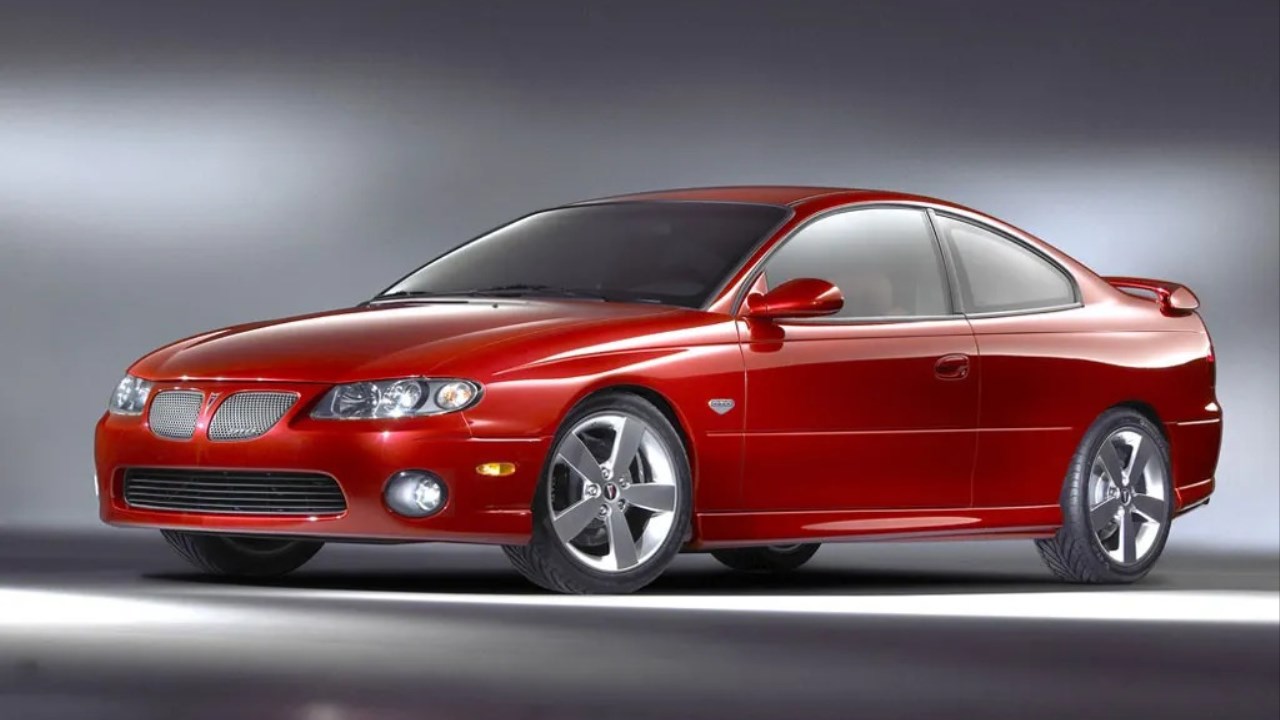
While the first-generation Pontiac GTO is best remembered, we mustn’t forget the final version of the muscle car. The 2004-2006 GTO is underrated and overlooked, yet it has an awful lot of appeal.
Power came from a 6.0-liter LS2 V8 engine that produced 400 horsepower and 400 lb-ft of torque. This is all wrapped up in a sleek, subtle, and tasteful package, and the 2006 GTO is a real sleeper. It can sneak up on its prey and then launch away in an instant.
Holden Monaro
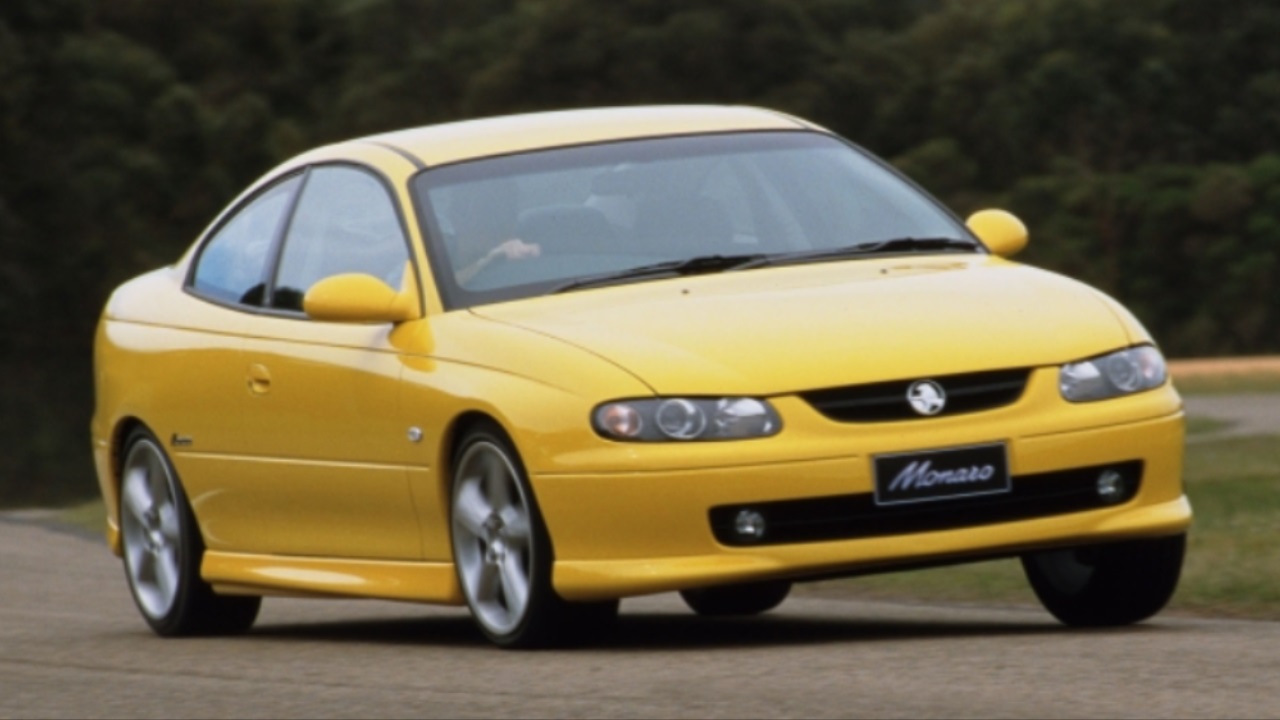
The final generation of the Pontiac GTO is, in effect, the 2001-2006 Holden Monaro, but it has been rebadged for sale in the United States. But the Monaro can more than hold its own, with power coming from either a 3.8-liter supercharged V6 or the 5.7-liter GM LS1/LS2 V8 engine.
Holden also produced a limited edition CV8-R version of the Monaro, which had 349 horsepower and was the most fearsome of all Monaros. The Holden Monaro is one of the most excellent Australian muscle cars ever made.
Jensen Interceptor

Remarkably, one of the most iconic classic muscle cars is from the United Kingdom. The Jensen Interceptor was built from 1966 to 1976, and the British manufacturer enlisted Chrysler’s help with some of the powertrains.
Some versions of the Interceptor had the 440 ci Chrysler high deck big block V8 under the hood, giving the British sports car the heart of an American muscle car. This combination was rare and unusual, but one that worked wonders in the Interceptor.
1966 Chevrolet Biscayne
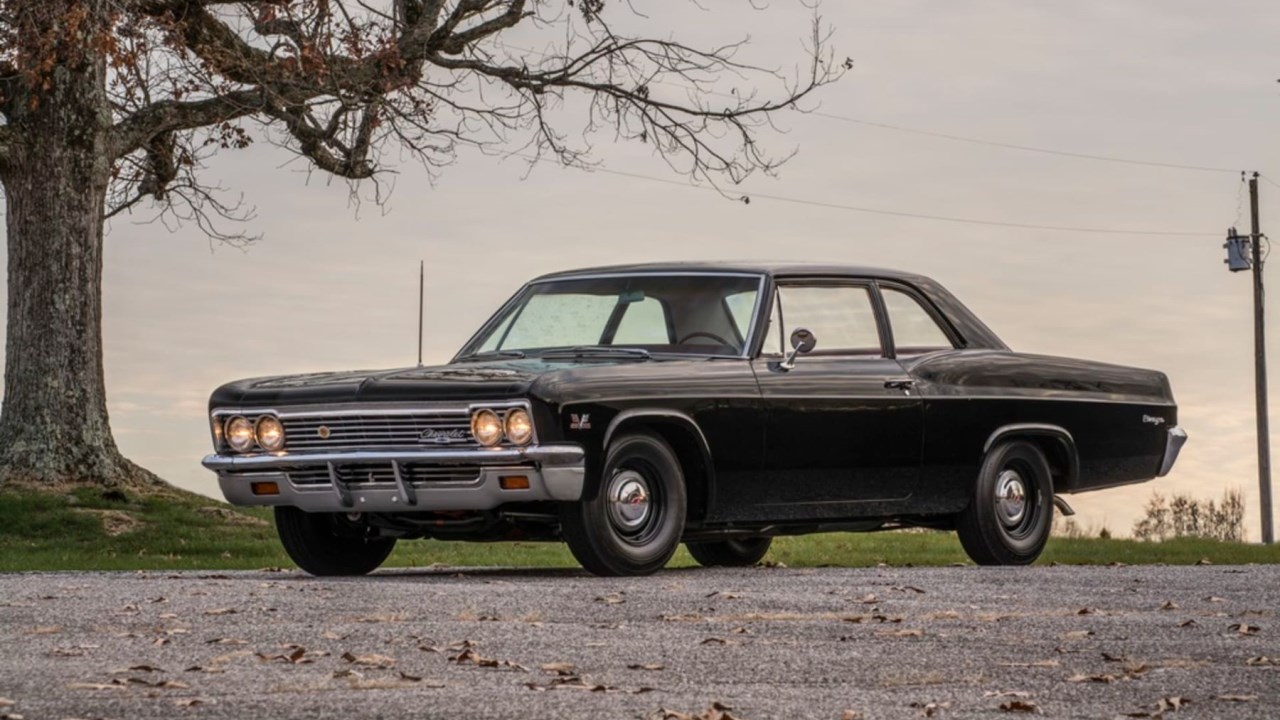
One of the most unusual and often forgotten muscle cars of the 1960s is the 1966 Chevrolet Biscayne. At the time, it was one of Chevrolet’s cheapest models. This remarkable machine had a fabulous engine option, with the 427 ci V8 engine under the hood, making it a real sleeper.
Those versions equipped with the beefy V8 also saw the suspension upgraded with beefier springs, shocks, and roll bars. Of all the muscle cars on this list, the 1966 Biscayne is one of the largely forgotten ones.
1970 Ford Mustang Boss 429
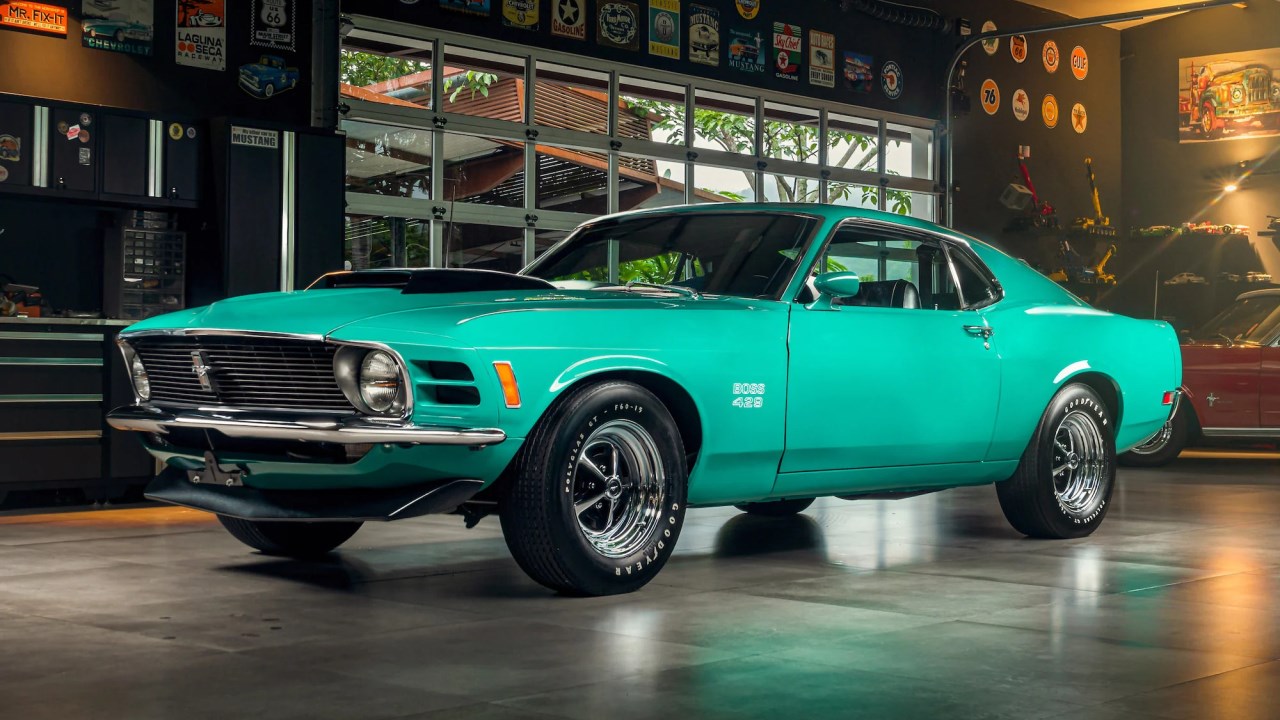
One of the most extreme but still reliable versions of the Ford Mustang is the incredible 1970 Mustang Boss 429. At the time, Ford was hoping to use the Boss 429 engine to compete with the Mustang in NASCAR. However, the extra weight of the engine negated any performance gains from its additional power.
Despite this, Ford still sold a number of Boss 429s to the public, and they are now some of the rarest versions of the muscle car in existence.
1987 Buick GNX
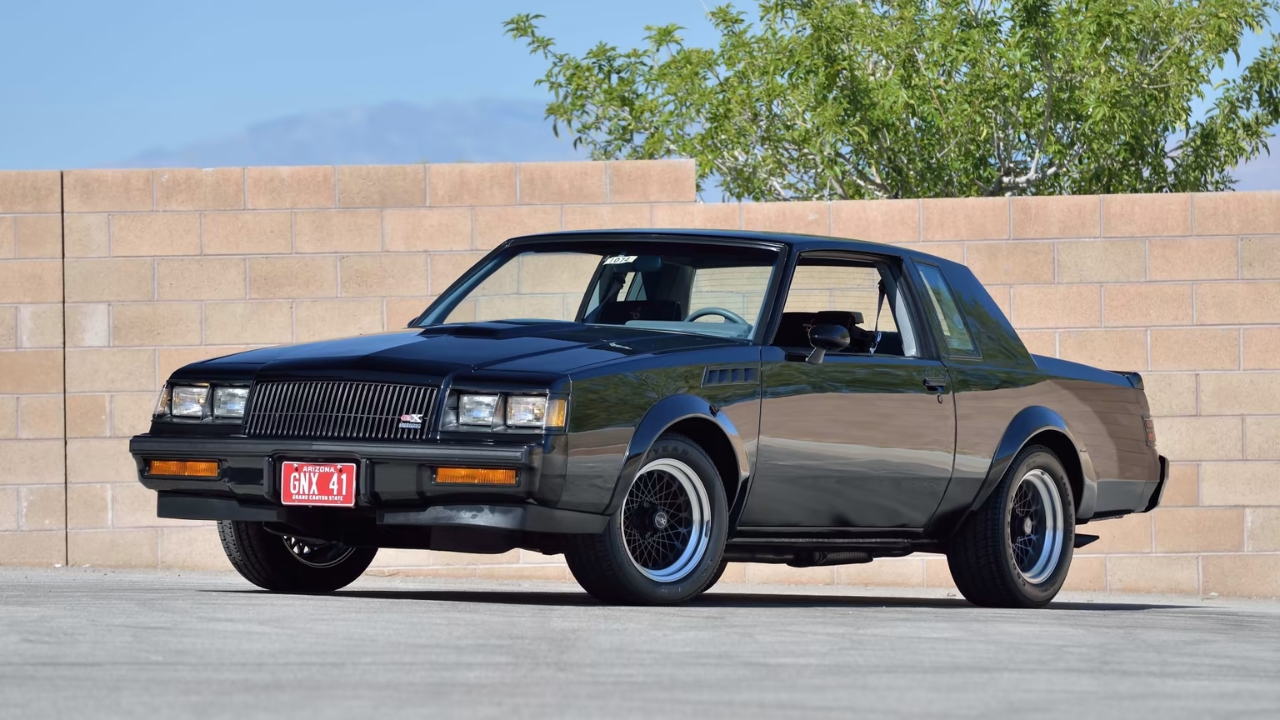
The Buick GNX was the company’s final fling for its Regal. Buick only produced the GNX for one model year, 1987, and it was a monster. Buick teamed up with McLaren’s U.S. engine division to tune its 3.8-liter V6 to 276 horsepower and 360 lb-ft of torque.
However, that is a conservative estimate, and the GNX could produce well over 300 horsepower and over 400 lb-ft of torque. The GNX indeed was the “Grand National to end all Grand Nationals,” as Buick themselves put it.
